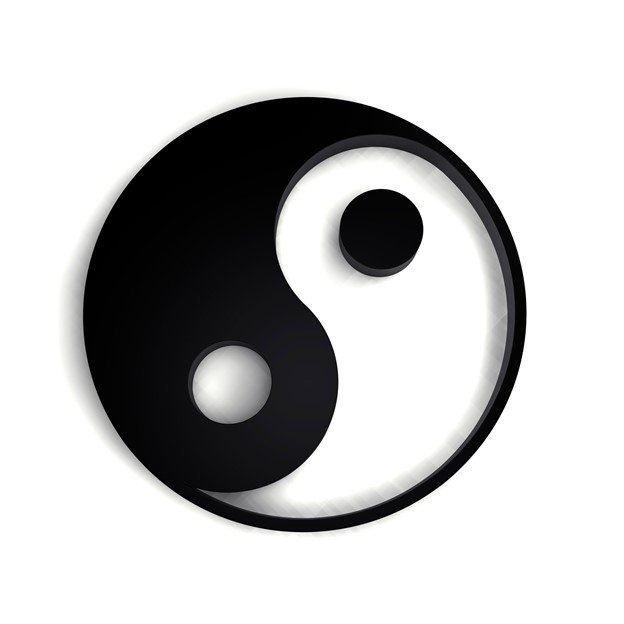In this crazy, busy world we live in, how many times do we stop to truly focus on what we are doing? Or are our movements rote and automatic? Are we constantly multi-tasking and rushing through life? Do we feel out of balance due to the speed, intensity, and complexity of our lives?
I have been practicing and teaching a variety of Tai Chi and Qigong forms for many years. A few years ago, I wrote a blog for this website on the benefits of practicing Tai Chi slowly. I continue to watch students rush through form to get to the “goal line”. I ponder their motivation. Another accomplishment? Something to cross off on the bucket list?
Here’s a different perspective: are they rushing a particular posture due to an issue with balance? Hurry through and you won’t have to stand too long on a full (substantial) foot for long. If you move quickly, you can pitch forward into the empty foot (controlled falling).
Is that bad? A definitely “yes” for many reasons!
By practicing Tai Chi and/or Qigong slowly, we re-establish the connection between our mind and our body. We focus our intent, awareness, and direction towards our body, our feet, our hands, etc. The result is greater balance, and improved awareness, posture, and coordination. This slow stretching and relaxing of our muscles also promotes increased and improved blood and Qi circulation and flow to our entire body. When those tense muscles are relaxed, pain is also reduced. Slow movements help strengthen your muscles without a huge amount of work. Along the way, your endurance is improved which then leads to more muscle relaxation.
Most people, particularly beginners, feel awkward when they move very slowly. That’s because it takes good coordination, balance, flexibility, and, last but not least, timing. By practicing slowly, you are able to enhance your awareness of your body, its sensations, your breath, your mind, and yourself. When you move quickly, you miss these things! As practitioners advance, they will (or should be) able to move very slowly, movements flowing freely, and with a lot of energy. This is when there is a strong connection between the upper and lower body.
One very important point about timing, each body part must move along with every other body part in order to get the full benefits of Tai Chi and Qigong. Thus the saying “when one part moves, all parts moves”.
You can’t take relaxed, slow, deep breaths when you move quickly. It would also be very difficult to integrate your breath with faster movements. Slow movements also produce slow, deep breaths as our diaphragm raises and falls. In Traditional Chinese Medicine (TCM) it is felt that proper breathing can relieve, improve, or even cure many chronic illnesses. This internal organ massage enhances the functions of our body in numerous positive ways.
Now let’s think about the lymph flowing in your body. Lymph moves in a slow, rhythmic way as it cleans up wastes, toxins, reduces any inflammation, fights infections, and does its best to prevent illness. Best not to rush that in order to reap all the benefits!
How about your nervous systems? While the autonomic nervous system controls most internal processes of the body, the sympathetic is fast and easily stressed. The parasympathetic side of the nervous system is Yin, slows you down, and helps you to heal and de-stress. Slow movements enable it to do its job!
Slow relaxed movements help you to enter a meditative state which then further enhances the smoothness and fluidity of your movements enabling you to better control them. At that point, the body is energized and develops a sense of calm as well as a meditative state.
Many students believe that martial movements are always practiced quickly. Probably because that’s how the martial oriented movies show the movements. However, martially, these slow, focused movements help the practitioner to develop powerful inner strength, accuracy, coordination, and even speed. These, of course, are highly desirable skills!
Last but not least, there is the joy of slowly practicing this graceful form, especially with like-minded others. To hurry would eliminate or at least decrease the physical, emotional, and mental benefits derived from Tai Chi and/or Qigong practice!
I can’t think of any benefit of hurrying through form. Can you?
Subscribe to receive my weekly blogs in your email.



